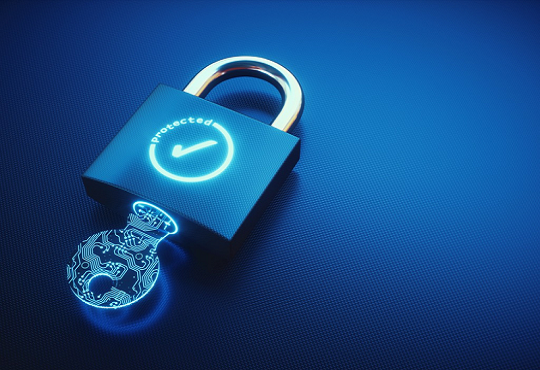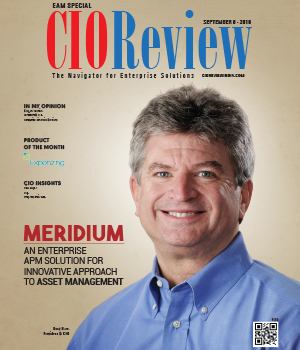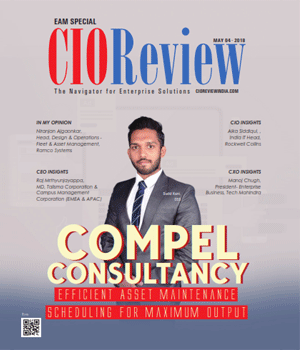
Why enterprise authorization is key to secure enterprise applications
Abhrasnata Das | Sunday, 25 December 2022, 15:05 IST

In order to protect sensitive data inside an organisation, an authorisation mechanism is essential. On top of conventional access control technologies like Active Directory, businesses frequently programme extra proprietary logic. However, when a firm expands, it needs access control that can scale along with it.
Typically, authorization models control user access and are based on organisational hierarchies, departmental structures, and employee job positions. Decision and enforcement are two crucial components of authorisation frameworks.
Administrators find it difficult to define permissions in the absence of an authorization model.
Managing access control may include a lot of ad hoc requests, which may rapidly become a time-consuming operation. However, authorization models provide the application a structure and hierarchy, enhancing user experience and safeguarding the application. In this article lets understand the role of enterprise authorization in securing enterprise applications.
Protecting Software Environment
Defining the boundaries and identifying the hardware components go hand in hand with defining the software environment. For this attempt, list every piece of software that is active across all platforms inside the border.
In order to complete this process and comprehend the software the firm uses to support its business activities, a software inventory tool will be of great assistance. It's possible that a sizable number of previously undiscovered software that doesn't support the organization's business operations is operating in the environment.
Software should either be removed from the environment or its business requirement should be shown. Update all software regularly to lessen your exposure to attacks based on vulnerable software.
Correlations between the authorised hardware inventory and the approved software inventory are also necessary. This will facilitate the creation of accepted baselines and guarantee that software licencing is in order.
Critical for Data Protection
With the advent of cloud services, it is become harder to know where an organization's data is stored. Data may be stored everywhere, including on employee endpoints, on-premise servers, and one or more cloud environments. Understanding the lifetime of an organization's data is necessary to implement the proper controls and safeguard it from creation to disposal. As a result, businesses must develop precise data management guidelines that support the data lifecycle.
The categorization, protection, processing, retention, and disposal of data are all covered by these policies. Technical controls can be put in place to enforce these regulations after they have been developed. For instance, access rules and network segmentation should be created to regulate which resources have access to the data in a particular network segment. Data should be encrypted both in transit and at rest.
Implementing zero-trust (ZT) concepts and supporting architectures is a different strategy.
ZT is essentially a collection of guiding principles that direct policy, technology design and implementation, and organisational operations, even if it's a topic that's too big to cover in this blog.
With ZT, nothing (a person, a process, a server, etc.) can be assumed to be trustworthy, and all assets must constantly be authenticated and authorised before access can be granted. Information should be encrypted both in transit and at rest in addition to access control.
Additionally, organisations want to be aware of who accesses, updates, or deletes sensitive data.
Controlling Enterprise IT Assets
One has to have a thorough awareness of the assets that the company owns in order to safeguard it. All information assets supporting the organization's mission through information processing and storage operations are included in the enterprise security inventory. It consists of both the information assets that the organization owns and the external services that it uses to maintain itself.
Prior to the widespread use of cloud computing, establishing a corporate IT border was quite simple and comprised of the computer resources located on-site at the company or in a colocation data centre. The line separating business cybersecurity is becoming hazy and is no longer defined by geographic boundaries as a result of the seemingly universal usage of cloud services. It must be expanded to incorporate cloud services that are exploited.
For instance, a company may use AWS or Azure in addition to its on-premises corporate data assets for additional computation and storage needs.
Conclusion
In the modern world, having an efficient and well-maintained company security programme is essential. An robust corporate security programme is essential to developing a defensive posture that raises the bar high enough that individuals with malicious intent move on to a softer target since bad actors are always searching the internet for susceptible targets.
Work with an enterprise security firm to design controls that initially target the biggest risks facing the organisation, then take incremental steps to develop a control framework that covers the whole operation.
CIO Viewpoint
Data Analytics, Machine Learning Will Power An...
By Aref Matin, EVP & CTO, Wiley
An Ideal Gateway To Bring Brands Closer To The...
By John Sadowski, Executive Vice President & CIO, Sandy Spring Bank [NASDAQ:SASR]
CIOs and the Road to Innovation
By Kalpana Maniar, President& CIO, Edelweiss Financial Services
CXO Insights
Cloud: The Power Source Of Digital World
By Guruprasad Gaonkar, JAPAC SaaS Leader for Office of Finance (ERP) & Digital Supply Chain, Oracle
By Girish Sharma, Head - Information Systems at Serdia Pharmaceuticals (India) Pvt Ltd
Digital Tech And Digital Transformation - And...









